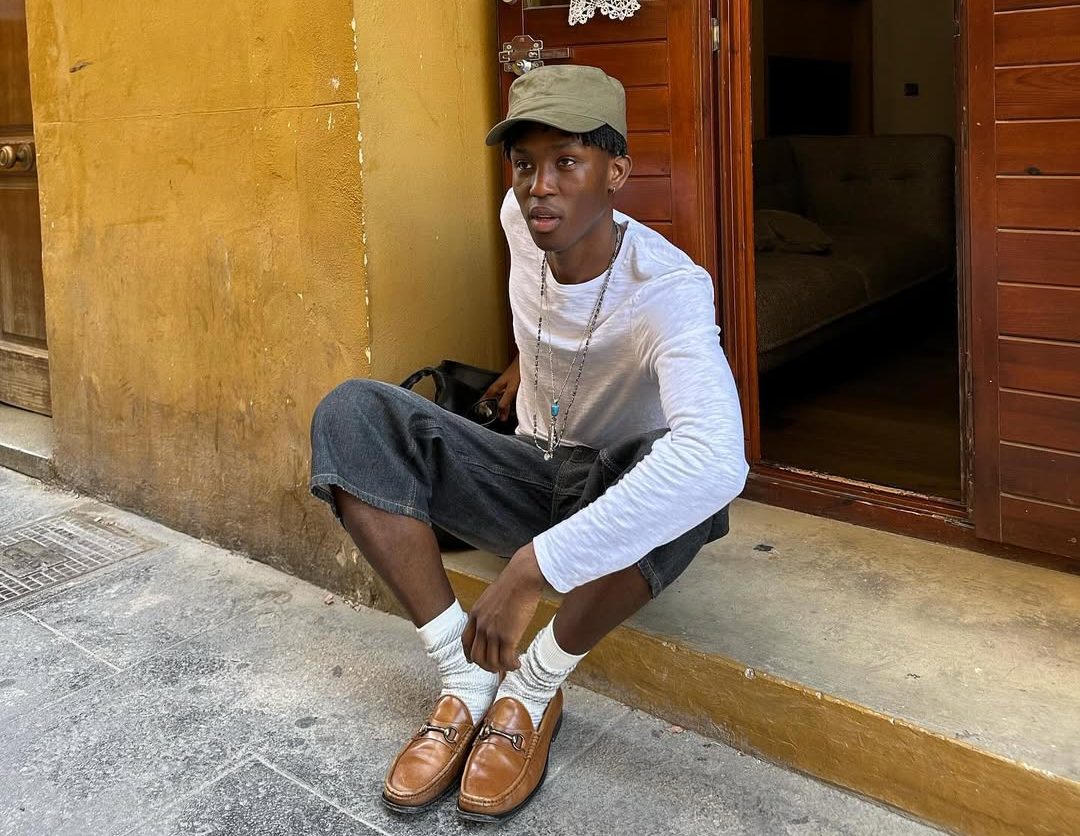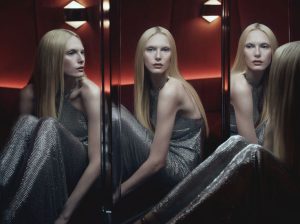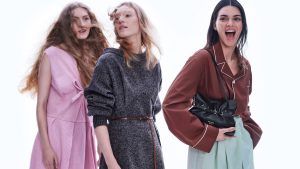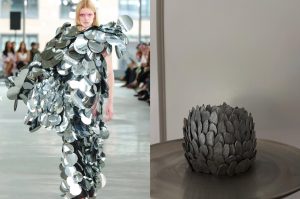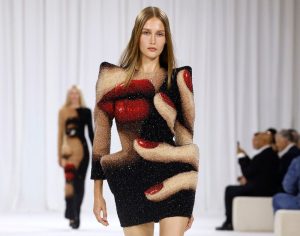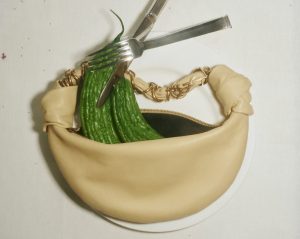Inspired by the ’90s, it offers clean volumes, sculptural shapes, and understated elegance. Spotlight on a brand that is making its way quietly but surely, into the most discerning wardrobes.
A rise still in progress
Founded in 2016 by designers Sungeun Um and Soonyoung Kim, the brand takes its name from the character played by Gwyneth Paltrow in The Talented Mr. Ripley. A nod to a slightly retro, cinematic aesthetic that runs through its clean ’90s-inspired silhouettes.
At MARGESHERWOOD, bags are defined by precise lines, minimalist design, and a functional elegance created for everyday life. Their strength? True versatility, equally at ease with office looks as with more laid-back weekend outfits. A carefully honed aesthetic choice that is winning fans far beyond Seoul, steadily establishing the brand as a rising name in high-end leather goods.
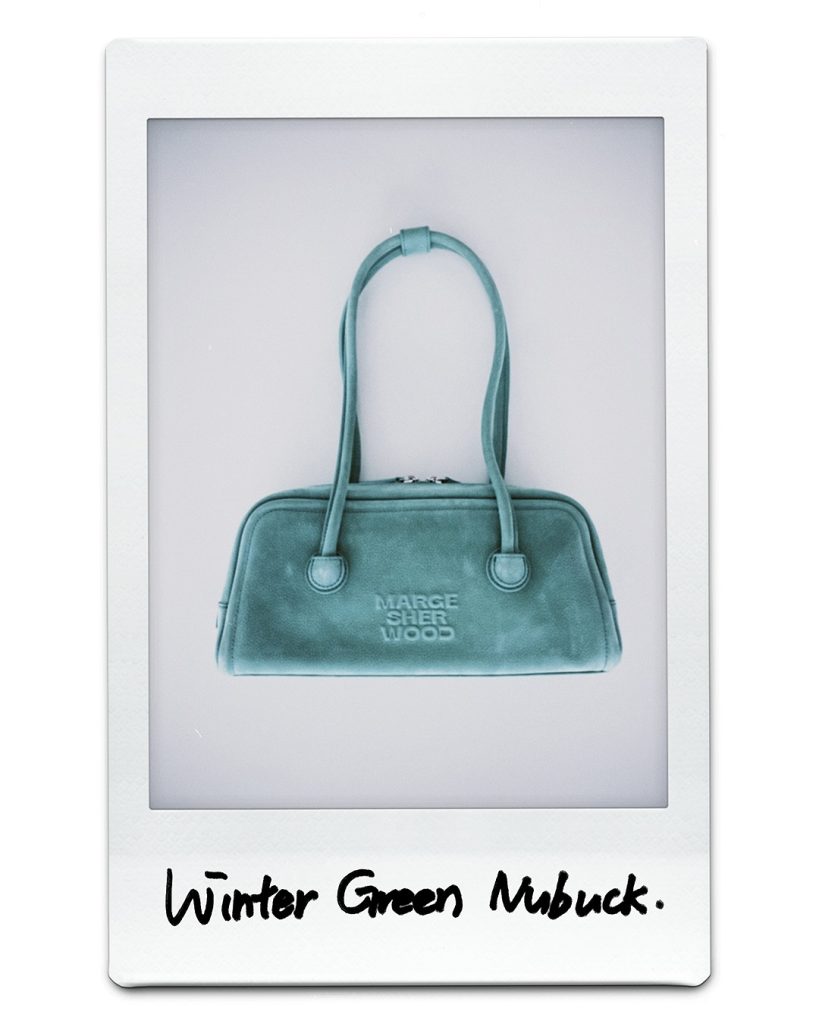
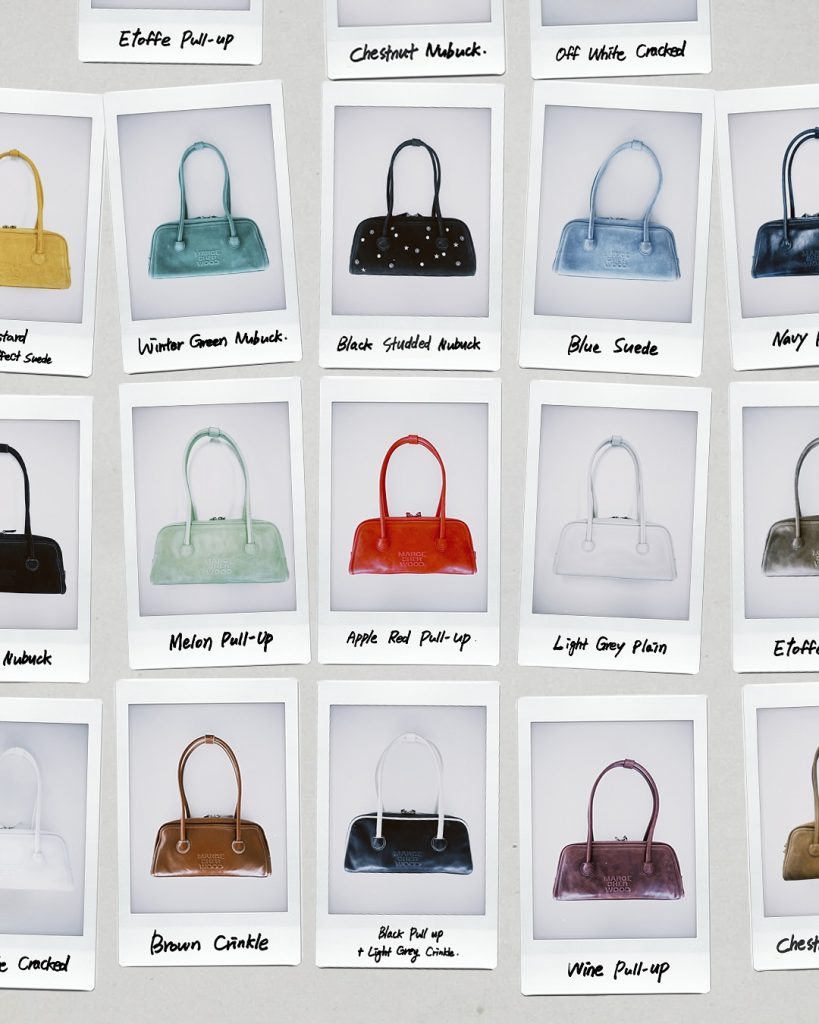
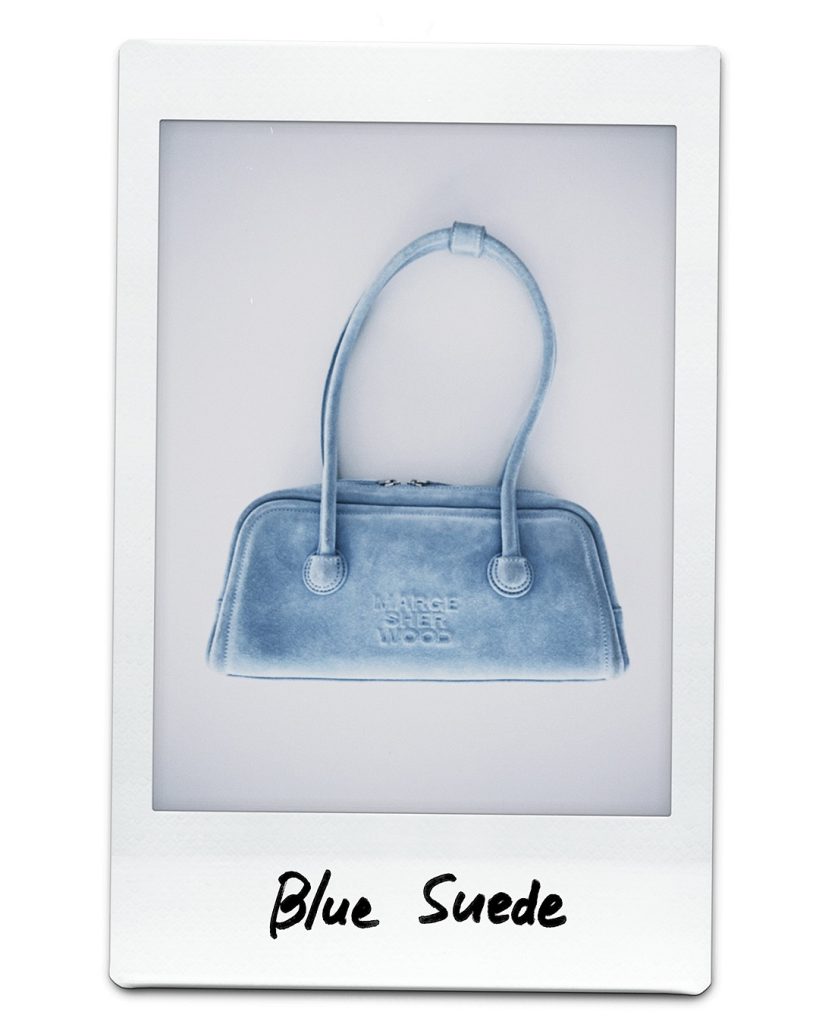
“Proof of its growing momentum: this June, the Korean brand popped up in New York with a space at 117 Wooster Street, right in the heart of SoHo, a neighborhood renowned for its trendsetting boutiques. The pop-up showcased a selection of signature bags and accessories, along with a world exclusive: a preview of the Fall-Winter 2025 it-bags, the Grandma (inspired by the Birkin, available in both baguette and maxi versions) and the City Hobo (an ultra-practical bag with multiple pockets), available ahead of their official launch. A special treat for local shoppers and visitors, and yet another sign that MARGESHERWOOD invests as much in cultivating relationships as in perfecting its designs.
An alternative to Europe’s leather goods houses
Historically, luxury leather goods have been a territory largely dominated by Europe, with France at the forefront through its emblematic houses: Hermès, Louis Vuitton, and Chanel. These brands still account for the lion’s share of the market’s revenues. Yet the landscape is beginning to shift.
In 2024, the luxury sector faced a global slowdown, partly due to tough economic conditions. But the trend isn’t the same everywhere. On one side, overall spending is down; on the other, ultra-premium purchases are growing, driven by VICs (Very Important Clients), loyal, high-spending buyers whose numbers keep rising.
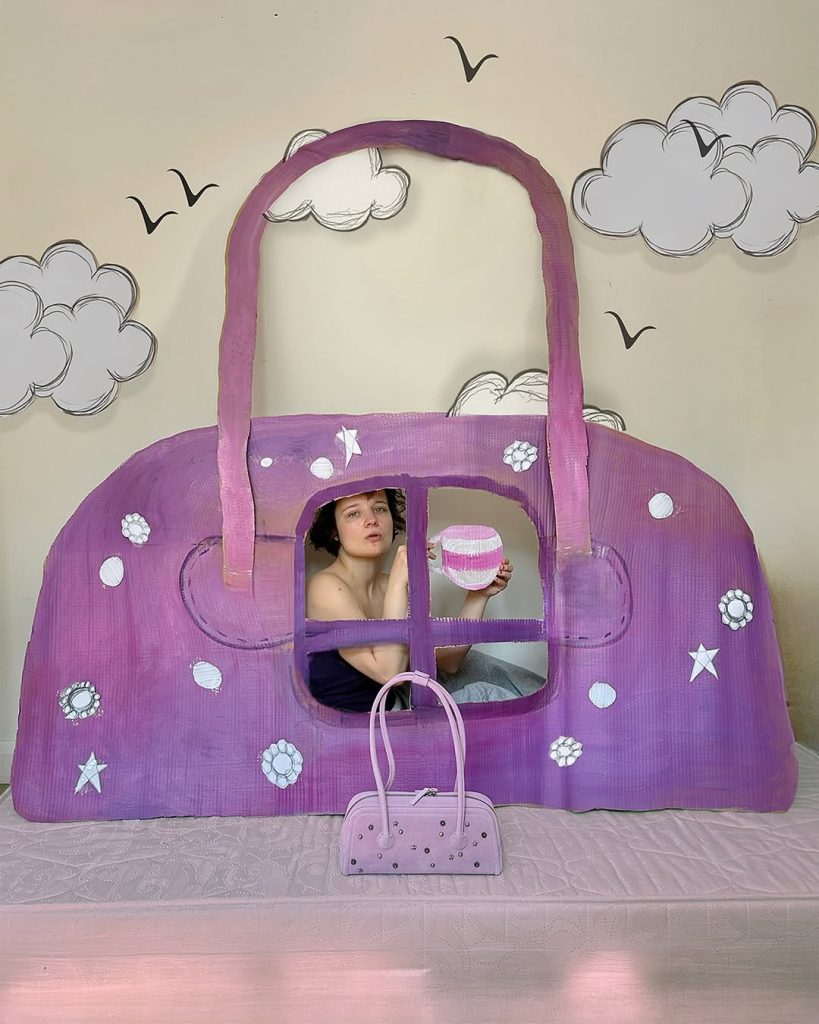
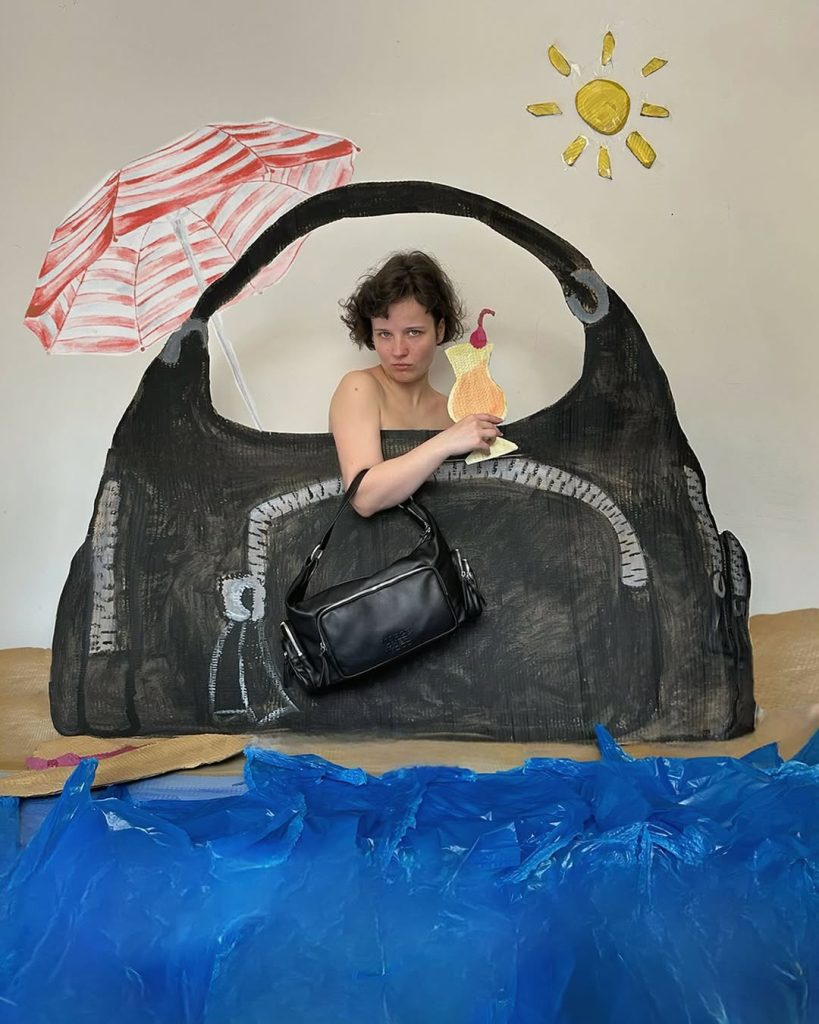
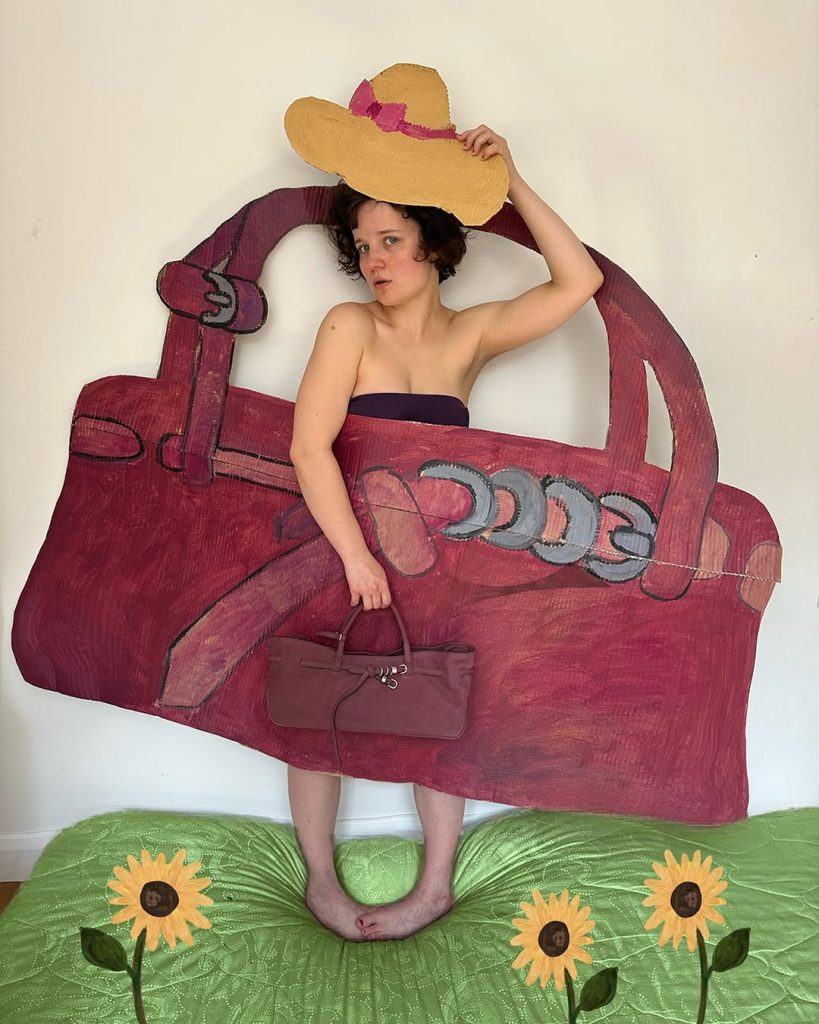
“Within this new balance, the Asia-Pacific region is recording thefastest growth in the luxury sector. The boom in online sales, the influence of social media, the rise of the middle classes, and a taste for more discreet forms of luxury are shaping a new kind of demand. It is within this context that MARGESHERWOOD has emerged. Without seeking to compete with the industry’s giants, the Korean brand offers an alternative vision of luxury: no flashy logos, no recycled storytelling. Instead, sculptural shapes, clean volumes, and a subtle ’90sinspiration, paired with a vision of fashion built to last. Bags are designed first and foremost to accompany the silhouette, both in style and in function. A brand that no longer seems to have anything to prove yet still has much to say.
A strong presence on social media
Discreet yet highly effective, MARGESHERWOOD’s digital strategy relies on collaborations with micro-influencers, chosen more for their unique aesthetic, rather than for their follower count.
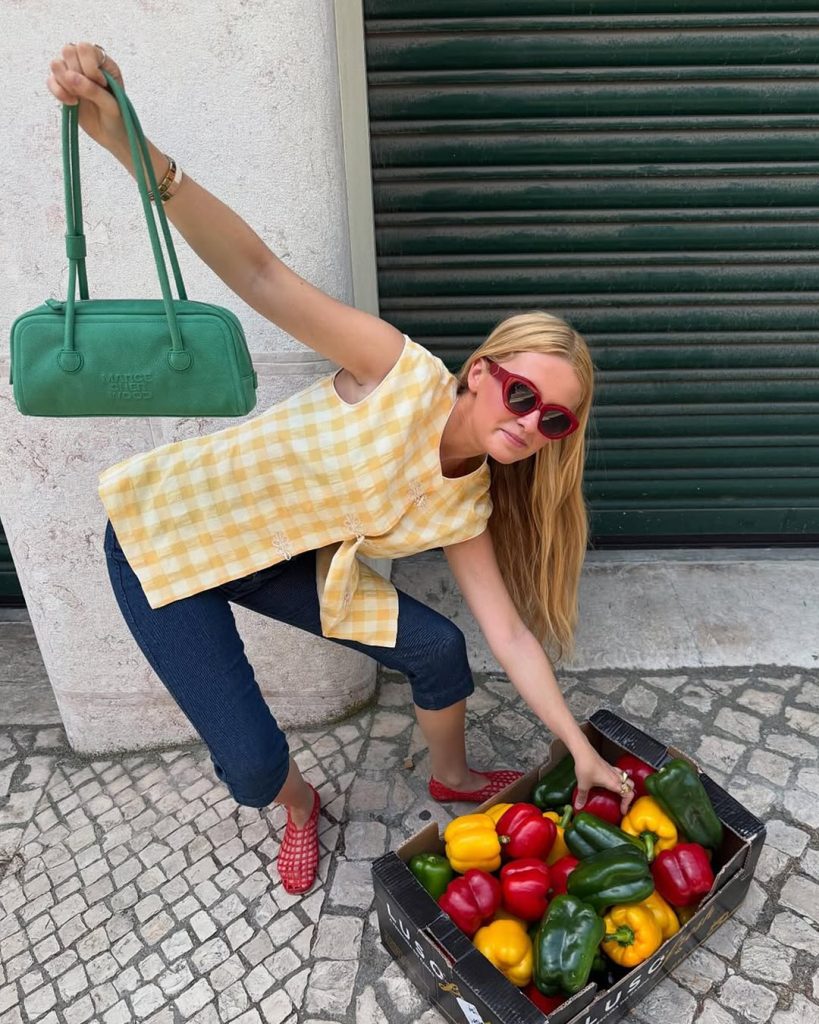

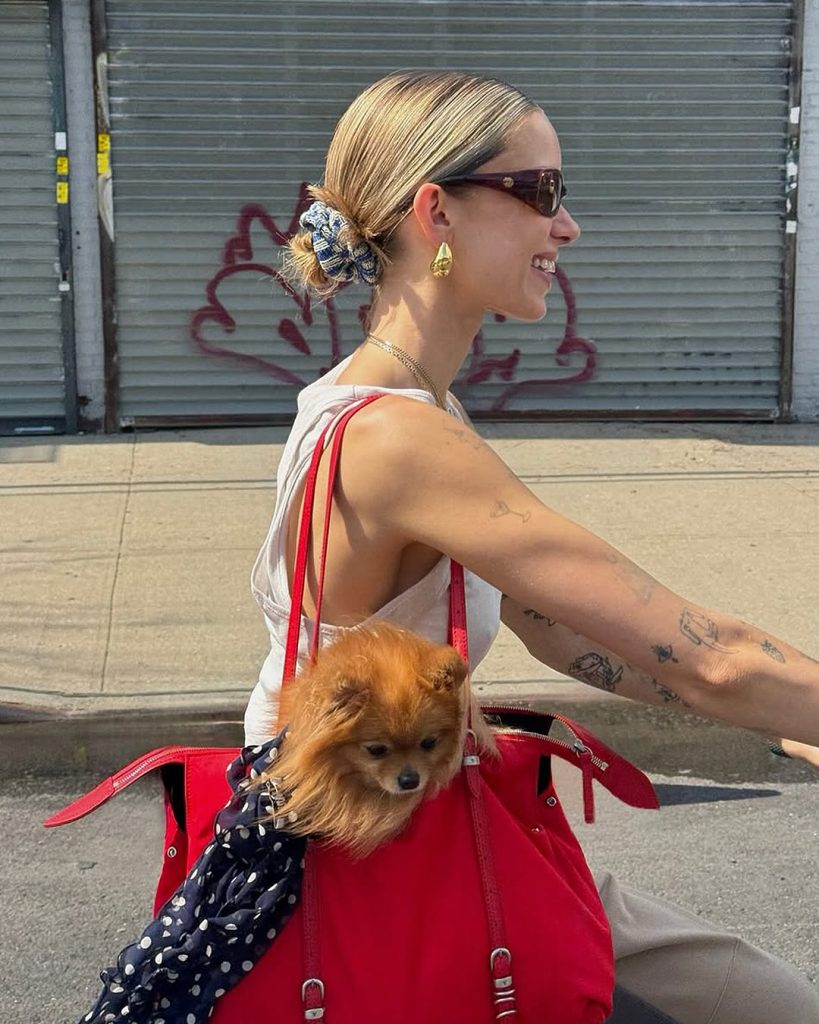
Often, these partnerships take the form of gifting, with no detailed brief and no obligation to post. What does the brand seek? Content that feels genuine, spontaneous, and in keeping with its universe. And it works. The outcome: a stream of organic posts showcasing the bags in everyday moments, from a bathroom mirror to the halls of an exhibition, to the crosswalks of a bustling city, building a chic yet accessible narrative that feels distinctly 2025.
With a clear nod to Gwyneth Paltrow’s character in The Talented Mr. Ripley, MARGESHERWOOD keeps rising gracefully. Still outside the luxury giants, yet increasingly in the game. A discreet name, a steady climb, bags built to last. No media frenzy, just consistency and quiet strength. The Korean label is quickly turning into a brand to keep an eye on.



